Welcome back to the summer series on Notre Dame players in the College Football Hall of Fame. For the introduction of the purpose of the series, go here. Last time we went over the truly great seasons that were not recognized by All-American teams, and therefore making them ineligible for the College Hall of Fame. Today, I wanted to take a look at the seasons by modern Notre Dame players on great teams that failed to make All-American consideration due to going up against truly formidable competition across the country.
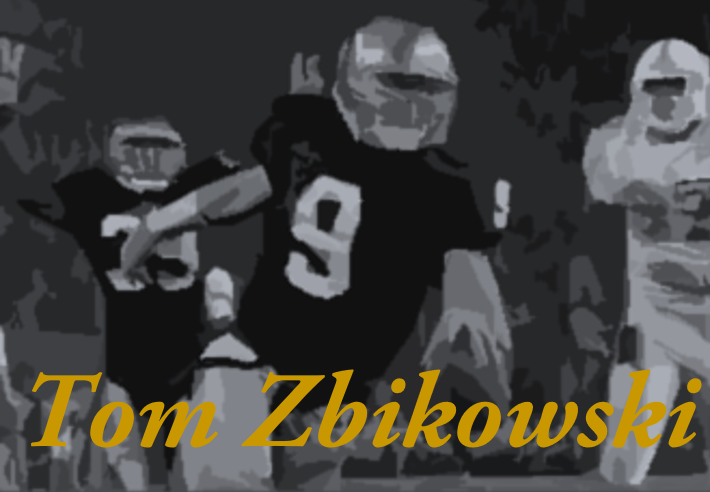
2005 Season: 71 Tackles, 1 Sack, 5 INTs (2 TDs), 2 PR TDs
The former Golden Gloves competitor (¿Did you know he boxed in the offseason?) was already an established leader in the secondary coming into the 2005 season and coaching change in Ty Willingham to Charlie Weis. In Weis’ “schematic advantage” it was decided Zibby was chosen as the successor to former QB and converted WR Carlyle Holiday on returning punts. (That sentence still has so many weird twists and turns over fifteen years later) Zbikowski made sure his new coach looked good, averaging 14.0 yards per punt return and scoring twice, including the tide shifting PRTD against USC late in the first half. On the defensive side of the ball, Zibby equaled his tackle total from the year previous with 71, picked off five passes, and return two of those for TDs.
Who was Selected
I could easily put Zbikowski in the massive depth of safeties and cornerbacks vying for All America attention in 2005 for four spots. The more fun comparison is to try and compare Zbikowski’s stats and contributions as an All-Purpose performer. The only problem with that the major competition is UCLA’s RB Maurice Jones-Drew. With Reggie Bush becoming a vacuum for the RB slot on All American teams, MJD found a home as an All-Purpose/Returner spot due to his work in different aspect of the ball. Jones-Drew rushed for over 900 yards, had 453 receiving yards, and 427 punt return yards. There’s no shame in falling short of a mark set so high by the future Jacksonville Jaguar.
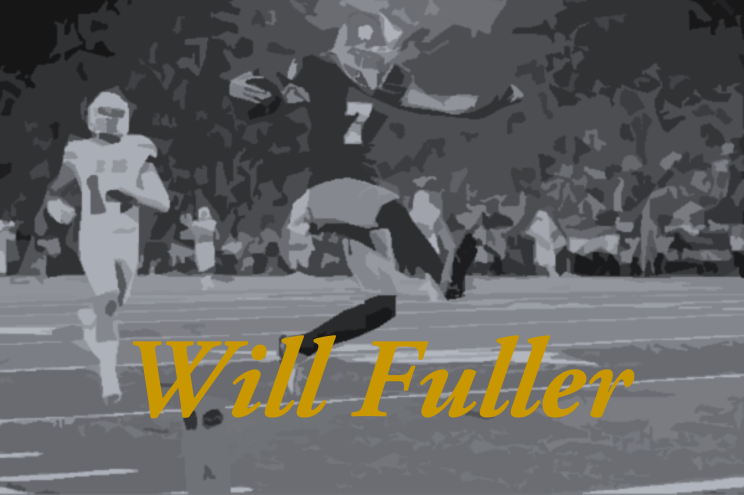
2015 Season: 62 Rec 1,258 Yds 14 TDs
Lost in the shuffle of the disastrous latter half of the 2014 Notre Dame season was the continued play of Will Fuller. Fuller tied the school record for TDs in a season with 15 and scored in every game during the season except for the Stanford and USC games. Fuller shone once again in 2015 before and after the Zaire injury, finishing with one less TD than the season prior but upping his average per catch to 20.3, upping his big play ability. Plus, how can we forget his peak of the season against Southern Cal.
The handshake😂 @Will_Fuller7 pic.twitter.com/xYswTjGAhs
— DeShone Kizer (@deshonekizer) June 2, 2016
Who was Selected
It’s hard to argue against two returning Big 12 WRs from top five teams. Similarly to Fuller, Corey Coleman of Baylor and Josh Doctson of TCU both built upon their 2014 seasons, where both fell short in individual and team glory. Coleman finished well ahead of Fuller’s 2015 pace, finishing with 74 catches, 1363 yards, and 20 TDs. Coleman also walked away with the Biletnikoff Award. Doctson, despite playing in three fewer games, still finished with 78 catches and 1326 yards, matching Fuller with 14 TDs. The two WRs swept all of the first-team All-American honors, denying Fuller, among other WRs, no chance to cement their chance into the College HOF from this season.
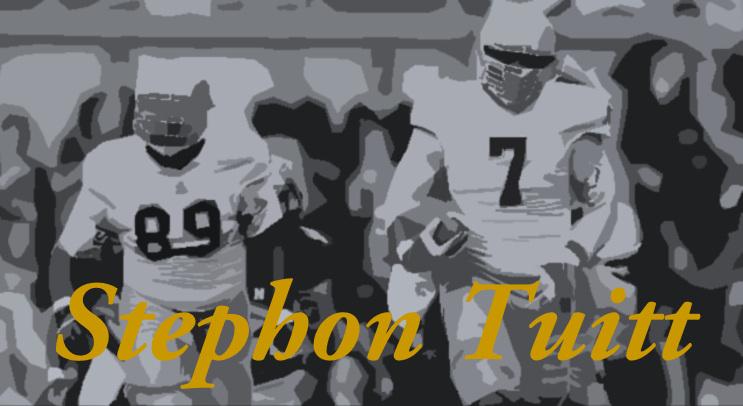
2012 Season: 47 Tackles 13 TFL, 12.0 Sacks, 3 FF, 1 FR, 1 TD
The 2012 defense by and large was remembered as the Manti Te’o led defense who stole all of the spotlight from any other performance as the legend of Manti grew larger and every INT he snagged out of mid-air. Lost in the shuffle was the breakout year Stephon Tuitt had. Tuitt unlocked something in his pass rush abilities, quadrupling his TFL and sack numbers, jumping to 13 TFL and 12 sacks. He also showed off his athleticism in the opening game (while some CFB fans probably were still asleep) in Dublin against Navy.
Who was Selected
The selection for this position, compared to all of the above, was really stiff and hard to separate. The unanimous selections from that year were Jadeveon Clowney of South Carolina (before the infamous hit) and Bjorn Werner of Florida State. Clowney had more tackles, more TFL, and more sacks and was the centerpiece of that South Carolina defense (and the team once Marcus Lattimore had his unfortunate injury in October). Werner had similar stats to Tuitt but also was a disruptor with 8 PDs, showcasing a true all-around game for the Seminoles. The other consensus defensive line players were Damontre Moore of Texas A&M and Will Sutton of Arizona State. Moore, who was the leading tackler for the Aggies at the defensive line, showcased a true dominance on the field. Sutton posted 23.5 Tackles for loss and 5 PDs, showcasing a similar case to Werner, but still slightly above Tuitt’s stat sheet.
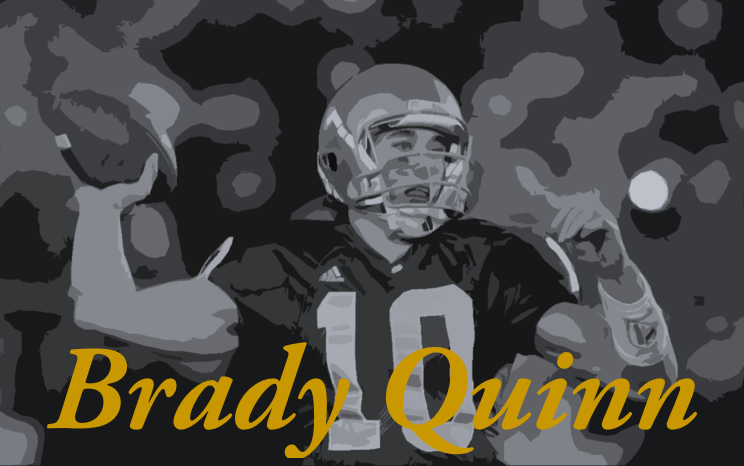
2005 Season: 3,919 Yds 32 TDs 7 INTs 65% Completion 8.7 Y/Att
2006 Season: 3,426 Yds 37 TDs 7 INTs 62% Completion 7.3 Y/Att
Brady Quinn was trying to keep his head above water after a disastrous 2004 season. With the influx of pro-style offense and the unlocking of Jeff Samardzija as a true top option at WR, Quinn stepped into his full potential for the resurgent Irish. He finished his 2005 campaign with almost four thousand passing yards, 32 TDs, and 65% completion percentage. However, the Irish were a handful of plays from potentially playing for the National Championship. So he, along with Samardzija, returned back for their senior years to try and make a run at a National Title. While the team fell short, Quinn maintained his excellent standard, getting to 3400 yards passing, 37 TDs and only dropping to 62% completion percentage.
Who was Selected
The problem with the College HOF can be perfectly encapsulated with this conundrum. Unlike Clausen’s 2009 season we talked about prior, Quinn was on teams that finished in a BCS bowl and were top ten teams. But, they were never the top tier of teams and with the Quarterback being a part of every offensive play, it’s hard to overcome those top-tiered Quarterbacks. For 2005, Quinn was behind two of the great modern-day College Football Quarterbacks in Vince Young and Matt Leinart. Leinart is the reigning Heisman Winner and put up slightly similar stats to Quinn. The real problem for Quinn is the force that Vince Young was between his Rose Bowl wins. Young passes for three thousand yards but rushed for an additional thousand yards and added 12 TDs to overtake Quinn’s one dimensional QB play.
The 2006 season is a tougher one for Quinn. Despite not really having any competition for the first team QB All-American spot, Quinn struggled for bits against Michigan and USC, and eventual All-American and Heisman winner Troy Smith had the “easy” distinction of being the Quarterback of the #1 team in the nation, and one who had a strong final game against #2 Michigan. Another thing seemingly going against Quinn is that, whether or not it is actively talked about or not, is that Quinn was being judged compared to his superior 2005 season, and Smith was in a similar position of where Quinn last season. Plus, in college football, once a story takes hold, it’s very difficult for it to be steered off course.
Conclusion
As mentioned in prior posts, the guidelines to get into the College Football Hall of Fame are very strict in terms of just clearing the first hurdle. The fact that the most successful Quarterback in Notre Dame history can’t be recognized because of bad luck in a voting process seems a little backward. Quinn and the others mentioned in the past posts will always be remembered by Irish fans and will always be revered for the things they did on the field. I think that, maybe for at least them, that will be good enough.
Next time, I will begin my journey into the 21st Century players who are eligible for College Hall of Fame with a look into one of the stalwarts of the late Bob Davie teams, and a future NFL first-rounder, Jeff Faine.

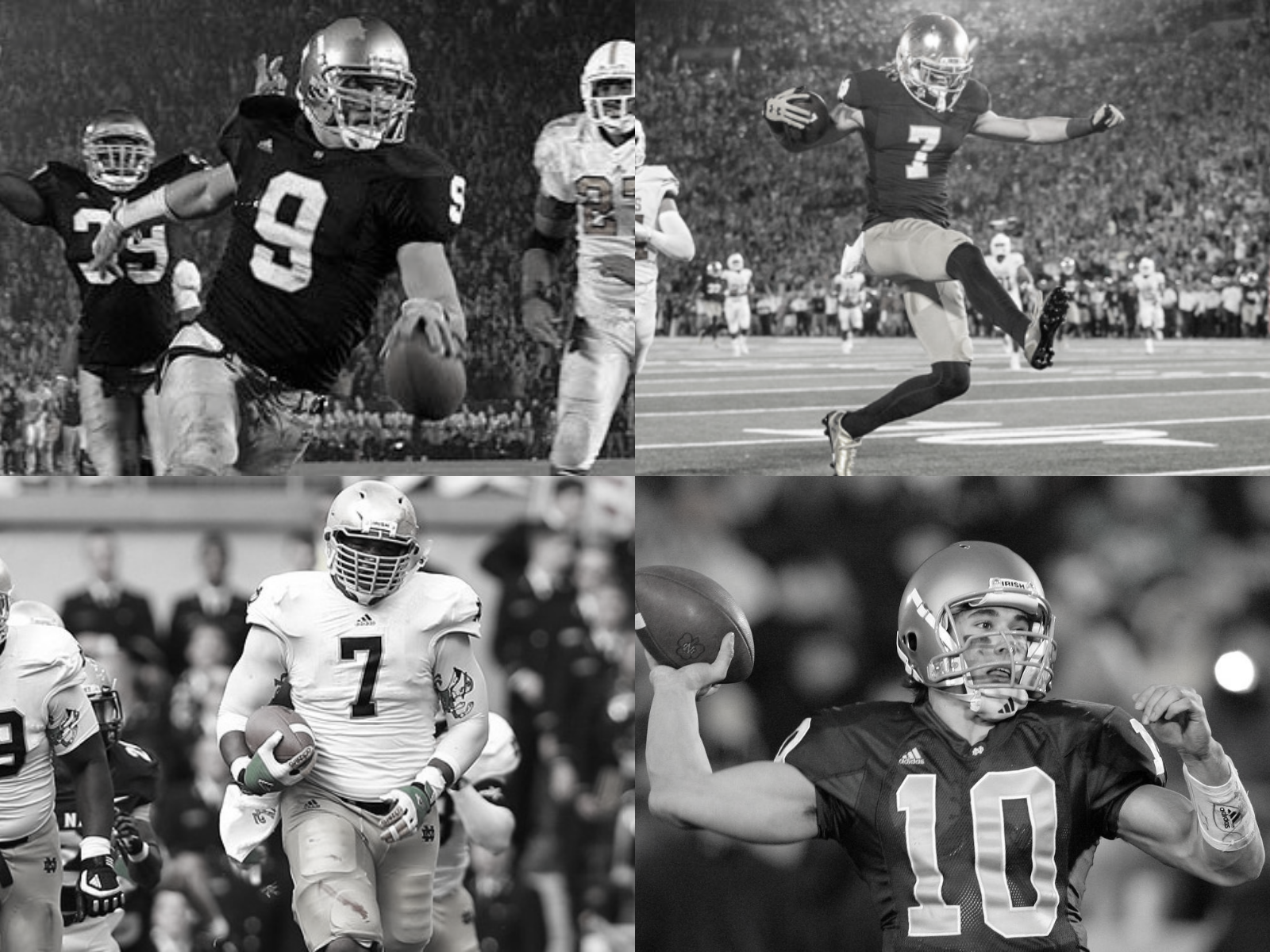
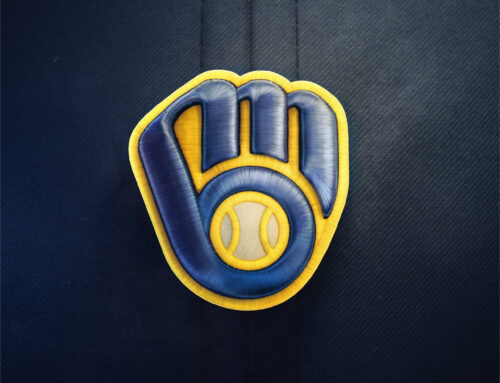
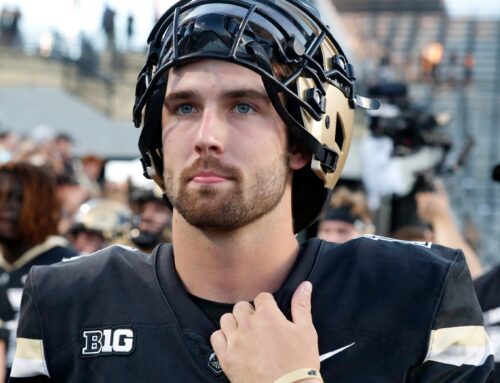
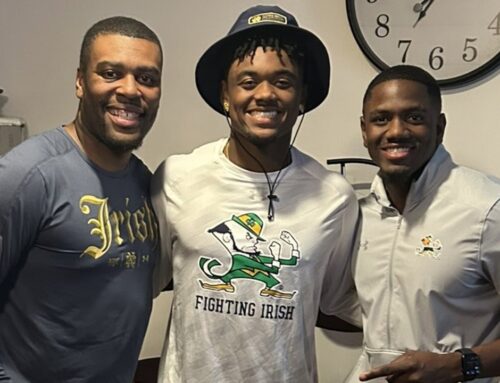
Re Brady Quinn, define “most successful” please.
No AA, no NC. Guys like Montana, Lujack, Theisman, Rice, Mirer, others were all much more accomplished QBs, plus he totally bombed in the pros.
Way over rated by younger ND fans.
Reminder of our HoF Pyramid, those QB’s were ranked overall in ND history:
#2 Lujack
#30 Quinn
#49 Rice
#52 Theismann
#69 Montana
#132 Mirer
Unless it’s purely stats-driven Quinn isn’t the most successful so I agree there but he’s the only one to win the Maxwell award from that bunch and there are tons of College Hall of Famers from Notre Dame ranked worse than Quinn.
I know there are quibbles about Quinn being ranked that high but the larger point still stands. He had a very HoF-type career.